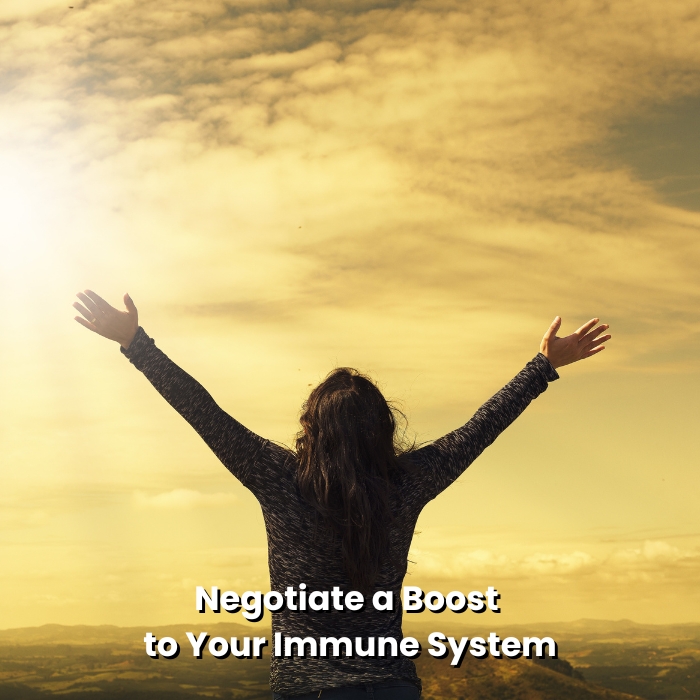
Difference Between Sponsors, Mentors, Allies and Coaches
There’s lots of talk out there on how to launch your career. Everyone purports to offer the secret sauce. But one of the oft-overlooked aspects of catapulting your career is the effective use of mentors, sponsors, allies and coaches. So, I thought we’d tackle this important angle of managing your career so you can improve your odds of getting further faster.
I’m keen on this subject as I confess, I did not manage this with intention during my career. I wish someone had taught me this valuable skill early. It could have paved the way for much smoother paths. Coming from my blue-collar background, I had no exposure to people who had gone the post-secondary route or to professionals or to C-suite corporate contacts. I had to find my way, feeling in the dark, and pushing ahead through sheer determination and perseverance. It certainly would have helped had I known to actively seek out mentors, sponsors, allies and coaches at each stage of my development to help me navigate the path and to advocate for me where appropriate.
For Part I of this series, I thought it made sense to kickstart the conversation by talking about the difference between sponsors, mentors, allies and coaches, because people often get these terms mixed up. To use them effectively, you’ll want to know what role each can meaningfully play in your advancement and career growth. Many make the mistake of expecting one person to capture all roles. This is not realistic and attempts to do so will likely be counterproductive.
Sponsors are people who can help open doors for you. They will bring up your name in rooms that you don’t have access to. Sponsors lobby for you behind closed doors to make sure you get access to promotions and opportunities that otherwise, maybe you wouldn’t. They will sing your praises and suggest you be put forward for training and/or job opportunities that may arise.
Sometimes you’ll know who these people are, and sometimes you won’t even know they are advocating for you. You can actively seek out a sponsor, but often these relationships happen organically. If you’re looking for a sponsor and that’s a relationship you want to foster, make sure to choose someone who’s got authority i.e., someone who’s got the juice to make things happen for you.
Mentors are going to actually help you learn the ropes in your career or business, either generally or in specific areas. You want to make sure you’ve got mentors who are helping you with various aspects of your skill development and your ability to move forward in your career. It’s interesting to note studies suggest women tend to be over-mentored, but under-sponsored. I thought it was worthwhile to get some clarity about the difference between these various roles.
With mentors, we often think of seeking a single mentor – that one almighty mentor who is going to get us where we need to go. The reality is that there are different skills you’ll need to advance your career to the fullest extent possible. It just makes sense that you’ll need multiple mentors as well. I advise that you make a list of the key skills you’ll need to advance your career. Then make a list of people who are exceptional in each of the particular skills you’ve identified as necessary. From there, you can start to choose from the range of mentors who could assist to elevate you.
Allies are a different breed. Allies are individuals or groups of people you can rally to support you, either on a particular issue or more generally in the workplace. For example, if your ideas keep being taken by others in the room, or you’re not getting recognized for the contributions you’re making, having allies in the room, who can speak up and make a point of saying, “Oh, that was actually Cindy’s idea, so thanks for reinforcing that Joe” (or something like that) can be valuable. Or if you’ve got a particularly sensitive issue coming up in the workplace, having allies on side before you get to that critical meeting can offer great leverage.
They say that coaches talk to you, mentors, talk with you and sponsors talk for you. That’s an oversimplification, but a good starting point to draw distinctions between the different resources you’ll want to seek. As someone who does a lot of coaching work myself, I don’t think that effective coaches just talk to you. Ideally, they want to work with you and for you as well.
I encourage you to be intentional in seeking mentors, sponsors, allies, and coaches in furtherance of your career. All will be important in getting you noticed and advanced. It’s the winning combination of skills, recognition, connection, and support that will move the dial more quickly and more significantly.
As women, we tend to think that if we just put our head down, do the work and do a good job, we’ll be noticed. The reality is that most people who take that approach end up hitting a roadblock in their advancement. In this busy world where there is so much noise, it’s important to be intentional about making sure you’re noticed, your skills are noticed, and your contributions are noticed.
Identifying the difference between each of the groups that will assist you on this path is the starting point. I hope this breakdown of the distinctions helps you kickstart your journey to effective mentoring and beyond.
Stay tuned next week as we delve further into this issue, exploring how to find mentors, sponsors, allies and coaches and how to maintain positive relationships.
If you prefer audio, check out my Art of Feminine Negotiation podcast episode on the issue.
If you’re looking to up-level your negotiation skills, I’ve got everything from online to group, to my signature one-on-one mastermind or VIP experiences available to help you better leverage your innate power to be able to get out there and get more of what you want and deserve in life.









